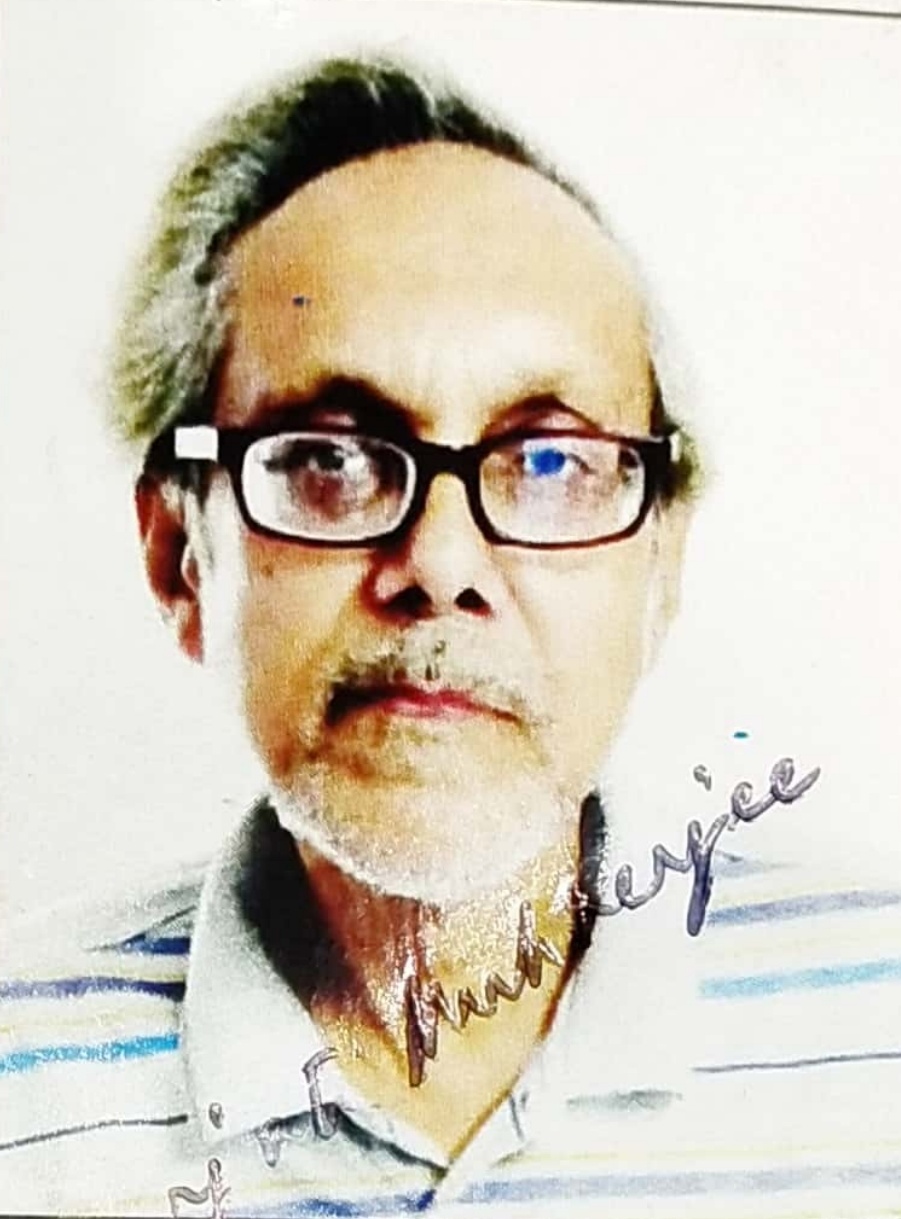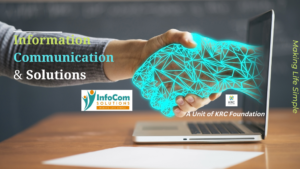There is a re-emergence of violence in different forms and in India alienation and impoverishment as also the wrong motivations of political leaders especially has aggravated it
 Dhurjati Mukherjee I INFA Service
Dhurjati Mukherjee I INFA Service

The decisive role violence played in the ordering of the Third World, including India, cannot be ignored or consigned to the past. Earlier there was need for a more systematic and determined attention to the connections between the devastation unleashed by colonialism, imperialism, and other forms of large-scale violence in the post-independence periods.
The nature of violence started changing and in the last few decades, it took the form of exploitation of one section against the other, for material benefits, for political, social or economic gains and the likes. The Manipur crisis can be said to be a case in point.
Violence has been central to societal developments and not reducible to other social processes. There is a re-emergence of violence in different forms and in India alienation and impoverishment as also the wrong motivations of political leaders especially has aggravated it.
There is evidence of the lower segments of society, specially lower castes, dalits and tribals, women and minorities, being victimised due to social injustice, various forms of exploitation, resulting in the practice of violence in daily life.
Analysing the present tendencies leading to violence, it may be seen that greed and the desire to continually acquire more, takes over from being existential to one that is aspirational and violence becomes a natural tool.
Dacoity, violent robbery, murder, attempt to murder, are all outcomes of a society not satisfied with itself and the craving to acquire more. Deprivation is when an urban youth steals a simple mobile phone that he cannot otherwise afford to buy; aspiration is when he steals because he wants to possess the latest smartphone in the market and is willing to resort to violence or any other means to acquire it.
Urbanisation and material culture is resulting in greater aspiration where an individual is not satisfied with what he or she already possesses but aspires for a more affluent life that he sees in others.
The increasing violence justifies the fact that jealousy and hatred has been increasing and that governance has failed while spread of education and awareness hasn’t had the desired effect.
As reaffirmed by sociologists, violence can be linked to spread of materialism and adoption of different lifestyles by the privileged sections that are incompatible with traditional Indian ethos and culture while at the same time the ruling dispensation at the Centre and in States have failed to act independently and judiciously to counter such activities.
Such violence, whether political, social, gender or ethnic and communal, is greatly injurious to society and affects the poorer and marginalised sections.
Incidents of violence range from road rage to major destruction that follows brutal and completely amoral terror attacks, to politically motivated crowds that run amuck setting fire to public life and property, to demonstrations that go painfully wrong and lead to death.
Added to this are forms of violence which appear extraordinarily collective – such as communal or caste riots, or civil flare-ups, affecting mostly the backward sections and resulting in many deaths.
In less educated countries like India, violence against women and girls continues. This apart, Muslims, Dalits and adivasis have faced different forms of violence and aggression to their livelihood. Analysts have attributed this to patriarchy, which the rightist forces believe in and want its continuance, amidst talk of women empowerment.
The perpetrators of violence reach out to their version of the past and actors from a bygone era to substantiate their position. In their case, the same incidents of past violence are inspirations or triggers for retribution in the present. Violence in the past seven decades not just betrays concepts of Indian culture and civilisation but also reflects different forms of exploitation by the powerful and rich.
Sadly institutions, procedures and agents that are supposed to protect citizens, such as tribunals, committees and courts, are compromised. All governments are arbitrary and such exercise of power must be kept in check in a democracy.
When the capacity of civil society organisations to mount protest against violence is neutralised by state power, and when institutions and laws that possess the capacity to protect citizens are subordinated to problematic ideologies, the rights of citizens are violated with a degree of impunity, often by the police, by mobs dispensing vigilante justice. And the state remains a silent spectator.
Take the case of the recent violence persisting in Manipur. Over 550 citizens’ groups, academics and lawyers attributed the violence to divisive politics by BJP, a party they accuse of exacerbating age-old ethnic tensions between communities for political gains. The top leadership is silent on this grave crisis as it considers violence to be a part of the political system.
The control of the system is so fragile that even the house of a Union Minister couldn’t be protected. This is because the political dispensation has allowed violence to rule society. Also, violence is countered with state violence; not through discourses about the relevance and need for peace for a healthy civil society. In fact, some sociologists question, and quite rightly – are we really in a civil society? Current trends are obviously not in this direction.
The greed and jealousy that has permeated society has led to violence and the political culture of the country has not tried to control the same. Putting one community against the other possibly benefits the politicians. The ’Open Societies Statement’ where India happens to be a signatory, states: “
We are at a crucial juncture facing threats to freedom and democracy from rising authoritarianism, electoral interference, corruption, economic coercion, manipulation of information, including disinformation, online harms and cyberattacks, politically motivated internet shutdowns, human rights violations and abuses, terrorism and violent extremism.”

Follow Us
Both Mahatma Gandhi and Martin Luther King in the US showed that non-violence could be the basis for collective response to achieve social or political goals. Both also spoke extensively on the need to imbibe nonviolence at an individual level, in thought and in action.
This is best achieved through early education within the family first, and then the school and finally society at large. This education must become the central objective in our society, as all subsequent behaviour or action by individuals, would be influenced by it.
Awareness of the need to accept another opinion or action, contrary to one’s own, is the foundation for nonviolent behaviour. Tolerance at an individual level is a virtue that encourages healthy thought and debate, while tolerance when practiced collectively results in a pro-active society rather than one that is at conflict with itself. In such a scenario, violent behaviour becomes unnecessary.
If India has to continue its transition into a healthy and prosperous new age society, we need to revisit the basic concepts of toleralnce, acceptance, introspection and deliverance, all of which have been at the core of our spiritual and ethical thought, as we progressed through time. Sooner the better.—INFA


